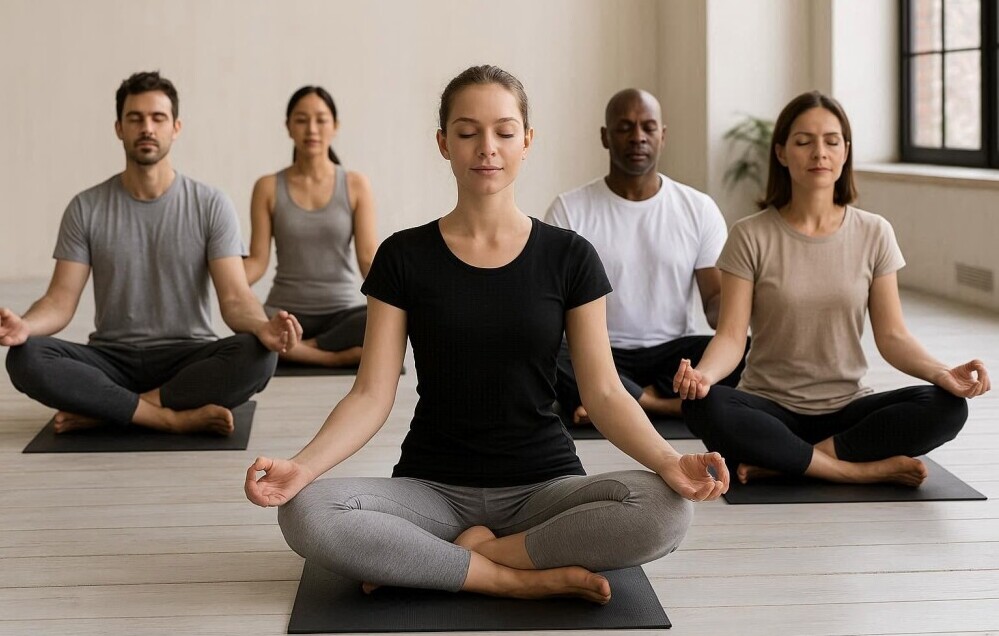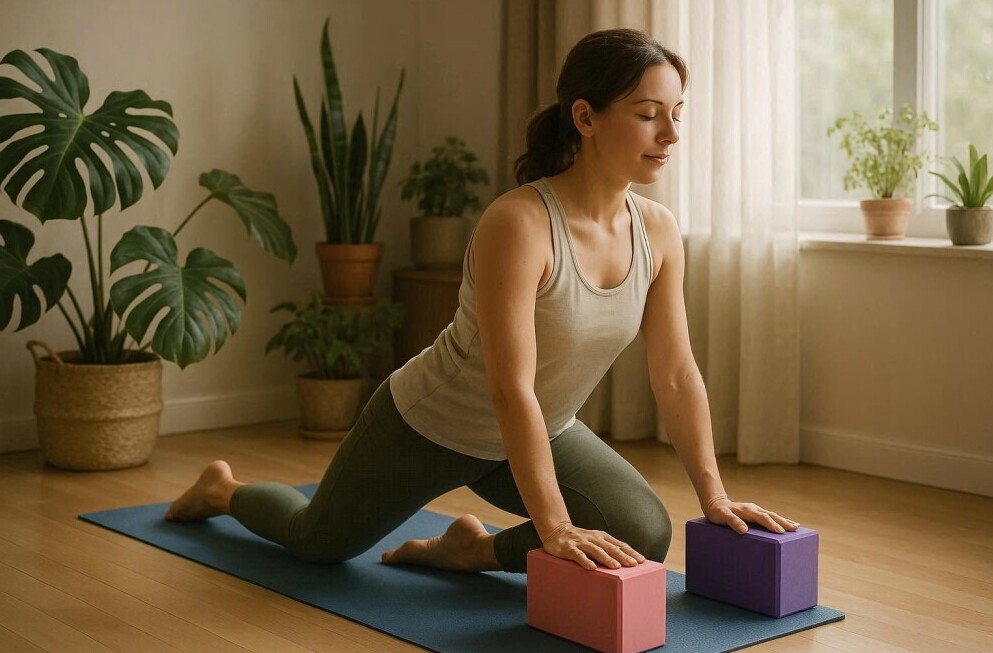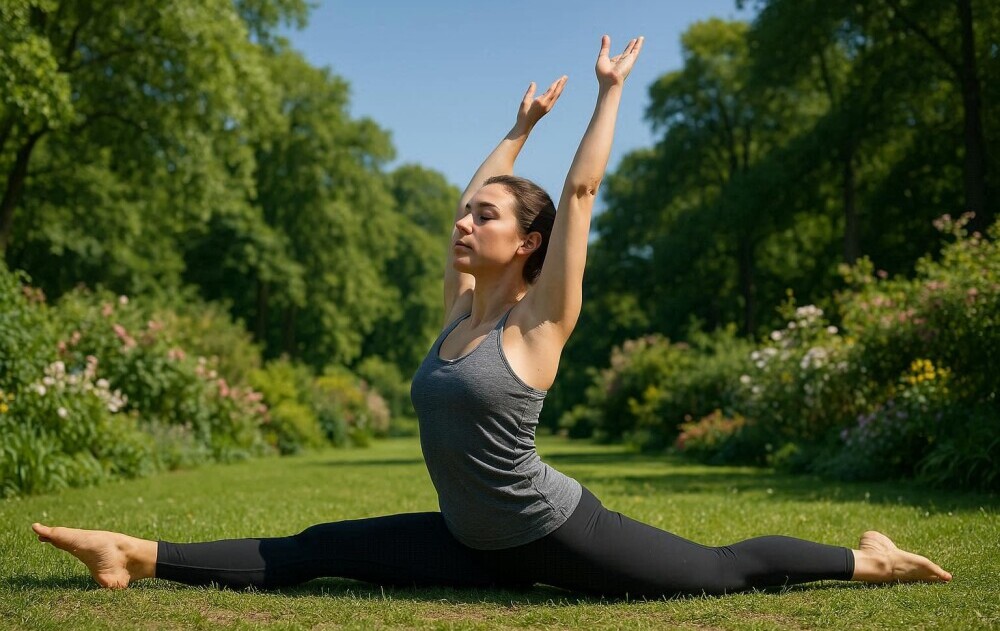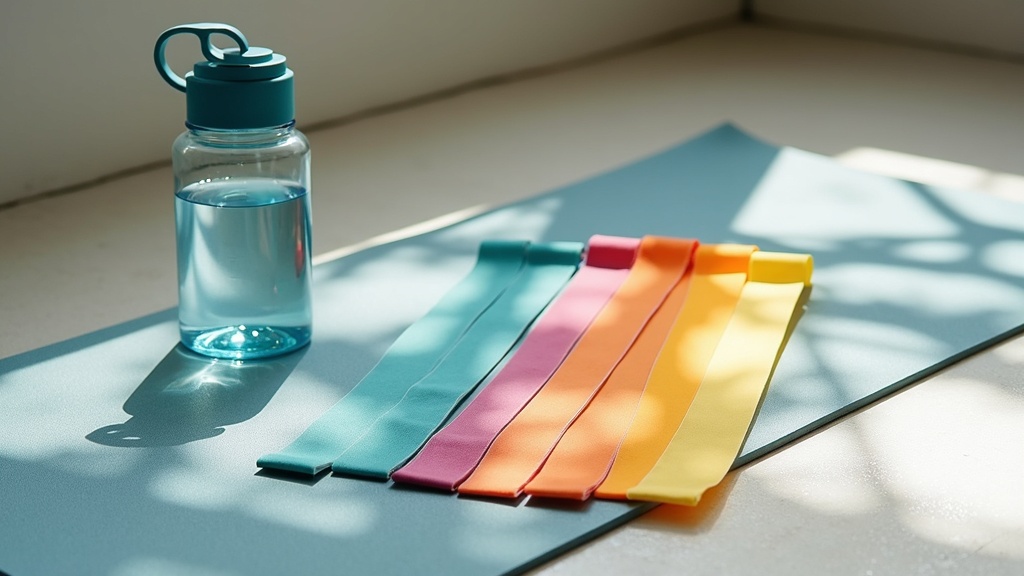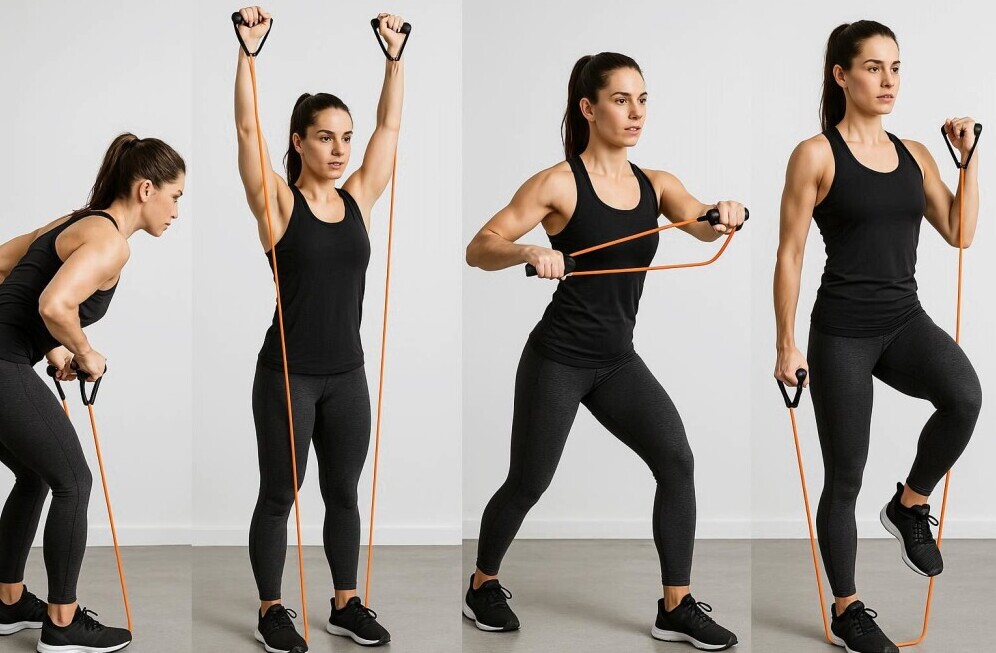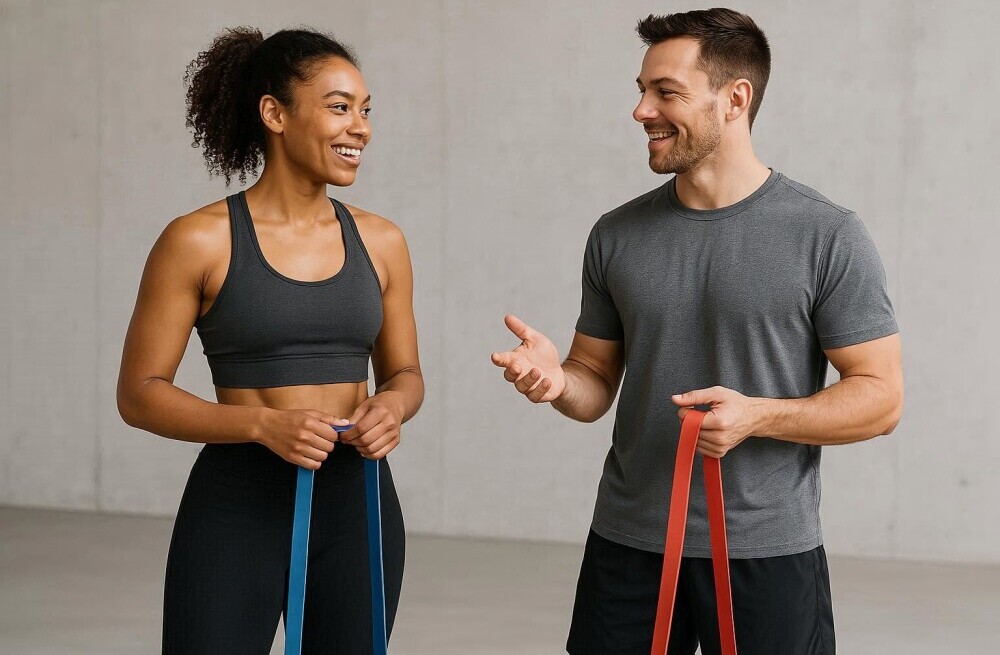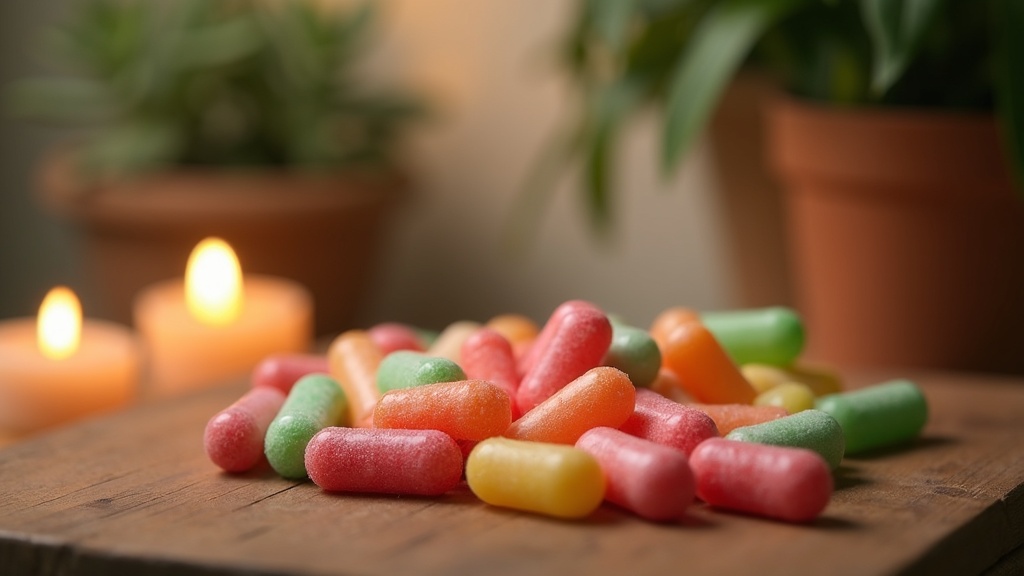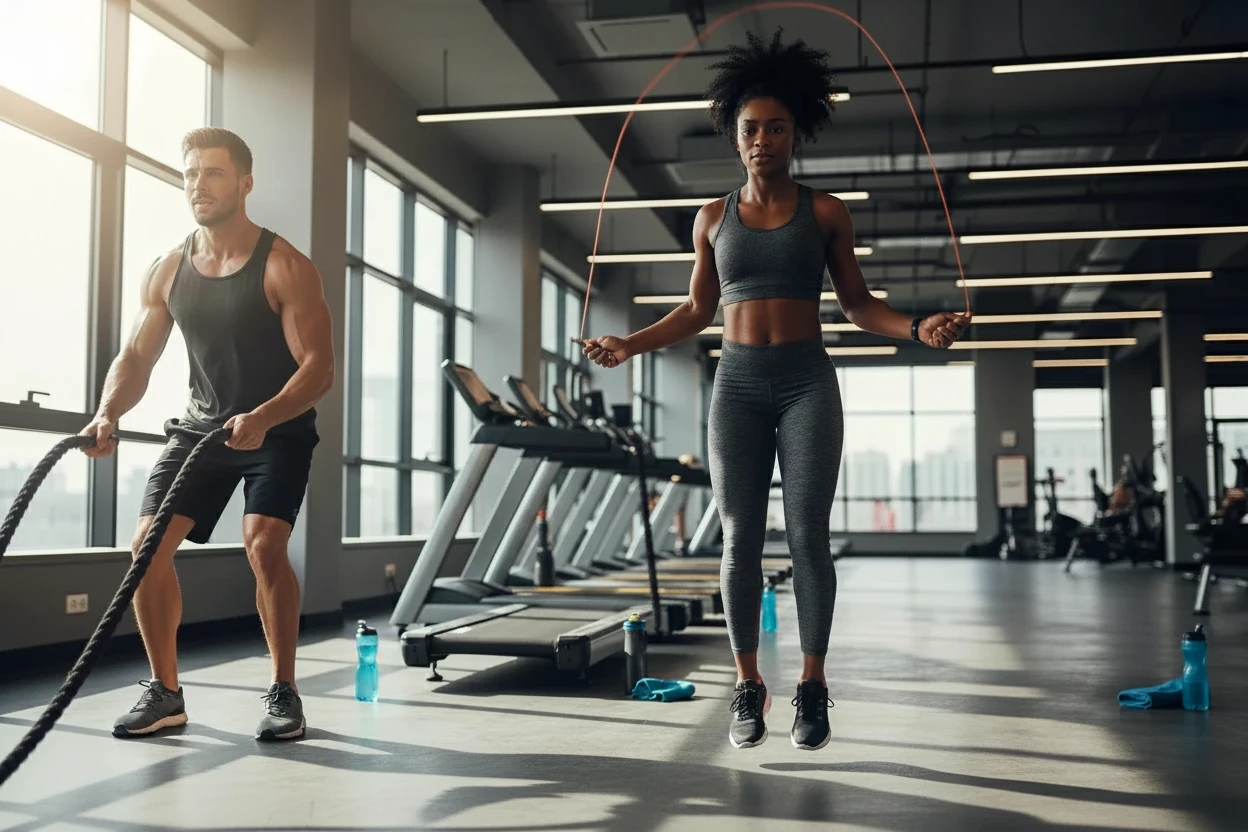
If you’re looking to torch calories and improve your cardiovascular health, picking the right cardio exercises makes a big difference. Some workouts naturally help you burn through energy faster than others. Here’s a breakdown of the cardio moves that really ramp up calorie burn, factors that affect how many calories you use up, and practical tips to squeeze the most out of your sessions—whether you’re aiming for 500, 700, or even 1000 calories burned.
Which Cardio Exercises Burn The Most Calories?
Cardio isn’t a one size fits all thing. Some types of cardio help you burn calories faster. If your primary goal is maximum calorie burn in a shorter window, these exercises are the ones I turn to and recommend to friends:
- Running (especially sprints or interval running): Fast paced running ups your heart rate and can burn 600 to 1000 calories per hour, depending on how hard you push.
- Jump rope: Skipping can feel old school, but it’s powerful. Think 600 to 900+ calories per hour with a good pace.
- Rowing machine: Rowing engages both upper and lower body and usually burns around 600 to 800 calories per hour, depending on your speed and resistance.
- Stair climber: Stepping at a good speed burns 500 to 700 calories per hour and can leave your legs burning but in the best way.
- High intensity interval training (HIIT): Quick, intense bursts (using any cardio exercise) with short rest periods can hit calorie numbers similar to or greater than steady cardio, in a shorter amount of time.
- Cycling (vigorous or spin classes): Pedaling hard in a spin class or on an outdoor ride can burn 500 to 900 calories per hour.
- Swimming: Lap swimming, especially fast freestyle or butterfly, helps you burn 500 to 750 calories an hour and is also super low impact for the joints.
The actual number depends on your weight, intensity, fitness level, and even things like temperature and elevation. Heavier people or those pushing harder usually burn more per minute. If you’re new or coming back from a break, it’s a good idea to start slow and gradually increase intensity.
What Impacts How Many Calories You Burn?
Burning calories isn’t just about the exercise. It’s also shaped by factors like your body size, fitness, and the effort you’re putting in. Here are some of the main things to know:
- Your body weight: Heavier people use more energy to move, so they tend to burn more calories per minute of the same exercise.
- Workout intensity: Hard sprints will torch calories a lot faster than a light jog or an easy swim.
- Duration: Naturally, longer workouts burn more. But it’s also about how hard you’re working for that whole session.
- Fitness level: If you’re very fit, your body is more efficient, which can actually mean burning a bit less per minute. Mixing up your routine or increasing resistance can help keep calorie burn up.
I find it pretty useful to use a fitness tracker, heart rate monitor, or a reliable app that lets you plug in personal stats to estimate calorie burn. None of them are perfect, but they give you a ballpark figure to work with.
Real World Examples: Cardio Workouts for Every Goal
I’ve played around with different routines, both in the gym and outside, to see what works best for my energy and schedule. Here are quick blueprints for burning calories at different levels:
- Beginner fat burner (45 min walk plus light jog): Alternating brisk walk and easy jog can burn up to 350 to 400 calories and is joint friendly. If you want to bump those numbers up slightly, add in some stairs or gentle hills along your path to raise your heart rate without too much stress.
- Intermediate power session (30 min row or HIIT circuit): Push your pace every few minutes, take less rest, and you’ll be in the 400 to 600 calorie zone. Spice it up by jumping rope between intervals or adding bodyweight squats and fast step ups. The more you keep moving, the higher your calorie total climbs.
- Advanced blast (60 min tough spin/HIIT/sprints): Full effort, mixing hard intervals and active recovery, is where you’ll get over 700 calories. For best results, rotate between machines or outdoor sprints, and throw in upper body work like pushups or medicine ball slams to use as many muscle groups as possible.
Maximising Your Cardio Calorie Burn: Hacks and Practical Tips
- Focus on Intensity: It’s not all about time. How hard you push matters. HIIT gets more calories burned in less time.
- Use Your Whole Body: Movements that involve legs, arms, and core at the same time—like rowing, burpees, or swimming—give you more burn per minute.
- Switch Up Your Workouts: Your body adapts, so mixing running, cycling, stair climbing, and jump rope keeps calorie burn high and boredom low.
- Track Progress: Using a heart rate monitor, smart watch, or even a fitness app helps you spot trends, set goals, and stay accountable.
- Recover Properly: Hard cardio can leave you wiped. Good nutrition, rest, and hydration help you come back strong for your next session.
If you’re just getting started, build up gradually. Trying to hit sky high numbers right out of the gate might leave you too sore (or discouraged) to keep going, and it’s super important to listen to your body. Everyone’s burn rate is a little different, so patience and steady progress work best.
You can always tweak these blueprints to match your current fitness. The key is to stay consistent, push yourself a step beyond your comfort zone, and keep your workouts fun, so you stick with them.
Frequently Asked Questions
Q: What’s the best cardio for quick calorie burn?
A: HIIT, running, and jump rope are pretty tough to beat if you want fast results. Rowing and spin are also great.
Q: Is it safe to try burning 1000 calories in 30 minutes?
A: For most people, that’s a huge amount and can push your body too hard. It’s safer and more sustainable to pace yourself. Fitness pros sometimes train at that level, but it’s not for everyone.
Q: How can I track how many calories I burn?
A: Fitness trackers or smartwatches with heart rate monitoring, or reliable calculators online, will give you good estimates. Some gym machines show rough calorie burns, though accuracy varies.
Q: Do you have to run to burn a lot of calories?
A: Not at all! Cycling, rowing, swimming, intense aerobics, stair climbing, and jump rope all deliver a huge calorie burn if you work hard.
Why Cardio Calorie Burn Matters
Going for big calorie burns can help with weight loss, energy levels, and heart health. But consistency is just as important as intensity. Progress happens over weeks, not days, so building a regular routine that includes your favorite cardio makes it more likely you’ll stick with it. Mixing things up, listening to your body, and celebrating your progress all the way help you stay motivated and get the results you want. If you ever feel stuck or bored, remember there’s always a new class, different route, or fresh routine to try. Keep things light, have fun, and let your cardio adventure set the stage for bigger fitness wins down the road.


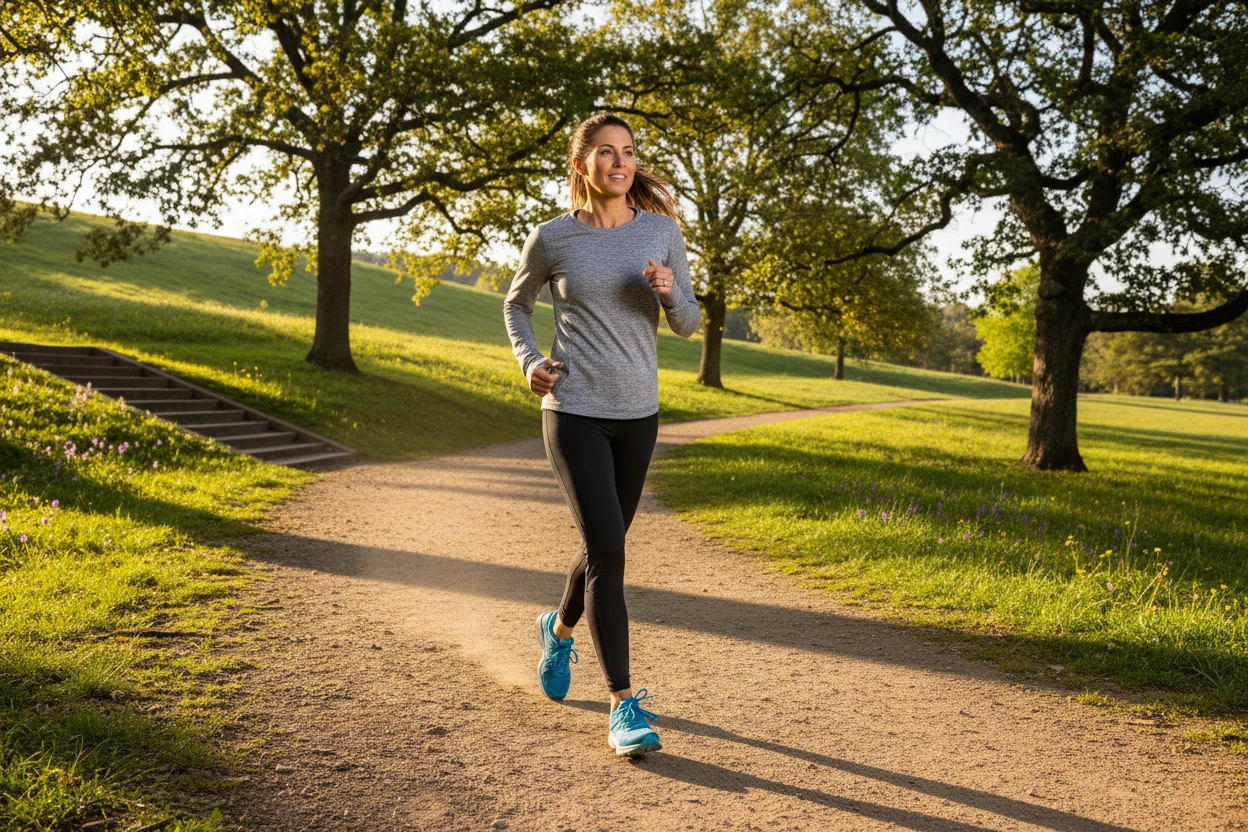



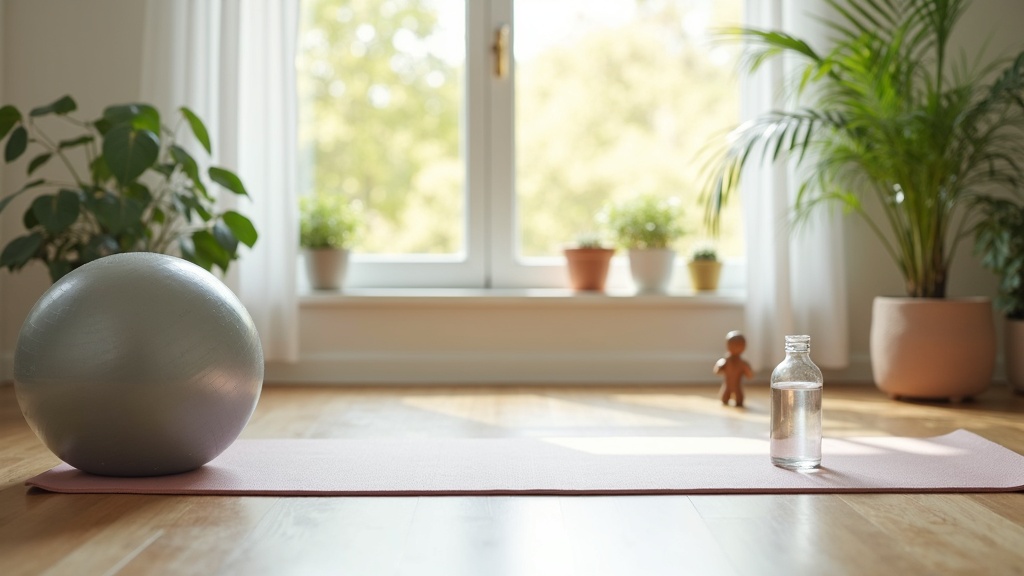 If you’ve been searching for ways to manage your weight, yoga and Pilates are two options that show up pretty often. I’ve found both can bring a lot more than just a good sweat; they boost your energy, improve how you feel about yourself, and support healthier habits overall. For many people, including some of my friends and readers, yoga and Pilates provide a balanced approach that’s both kind to your body and effective for long-term results.
If you’ve been searching for ways to manage your weight, yoga and Pilates are two options that show up pretty often. I’ve found both can bring a lot more than just a good sweat; they boost your energy, improve how you feel about yourself, and support healthier habits overall. For many people, including some of my friends and readers, yoga and Pilates provide a balanced approach that’s both kind to your body and effective for long-term results.
